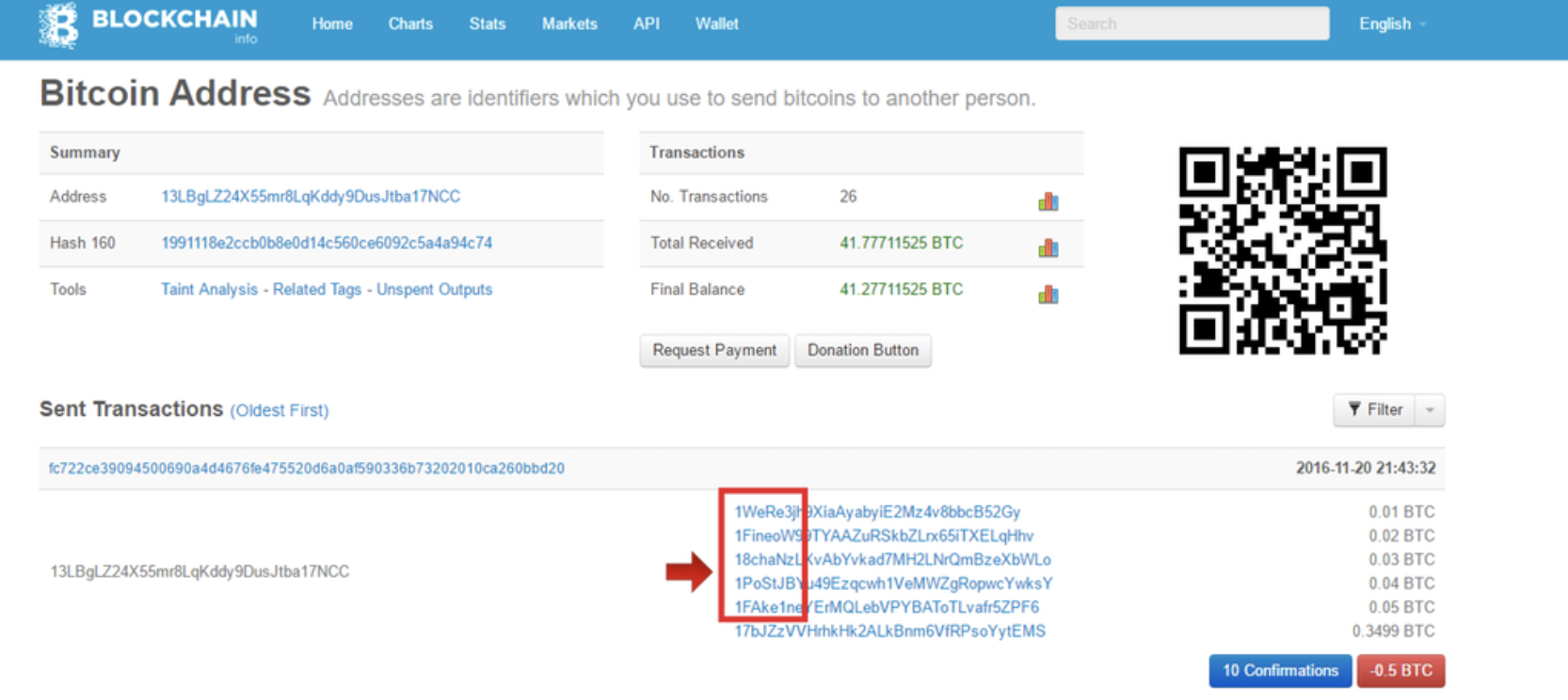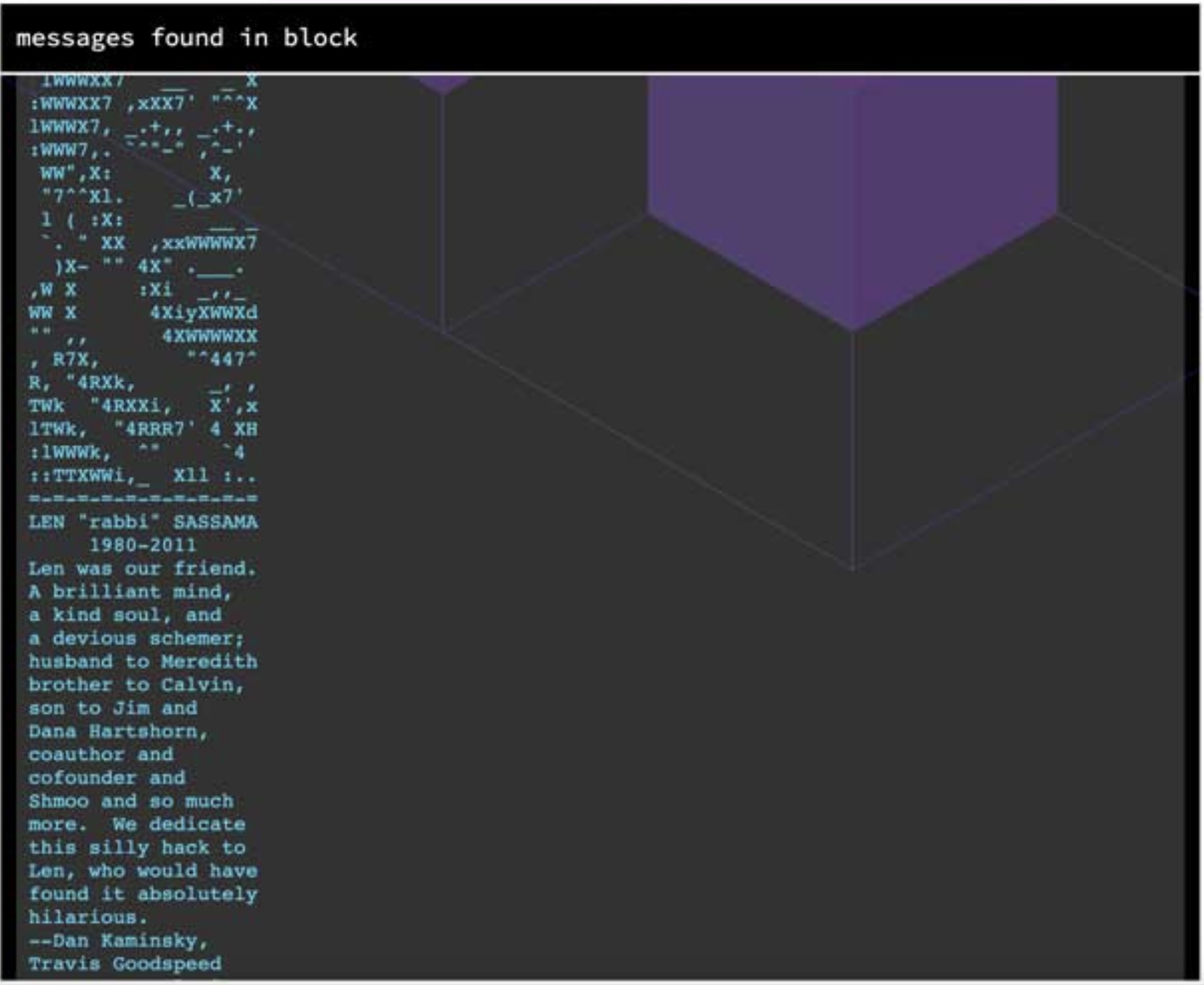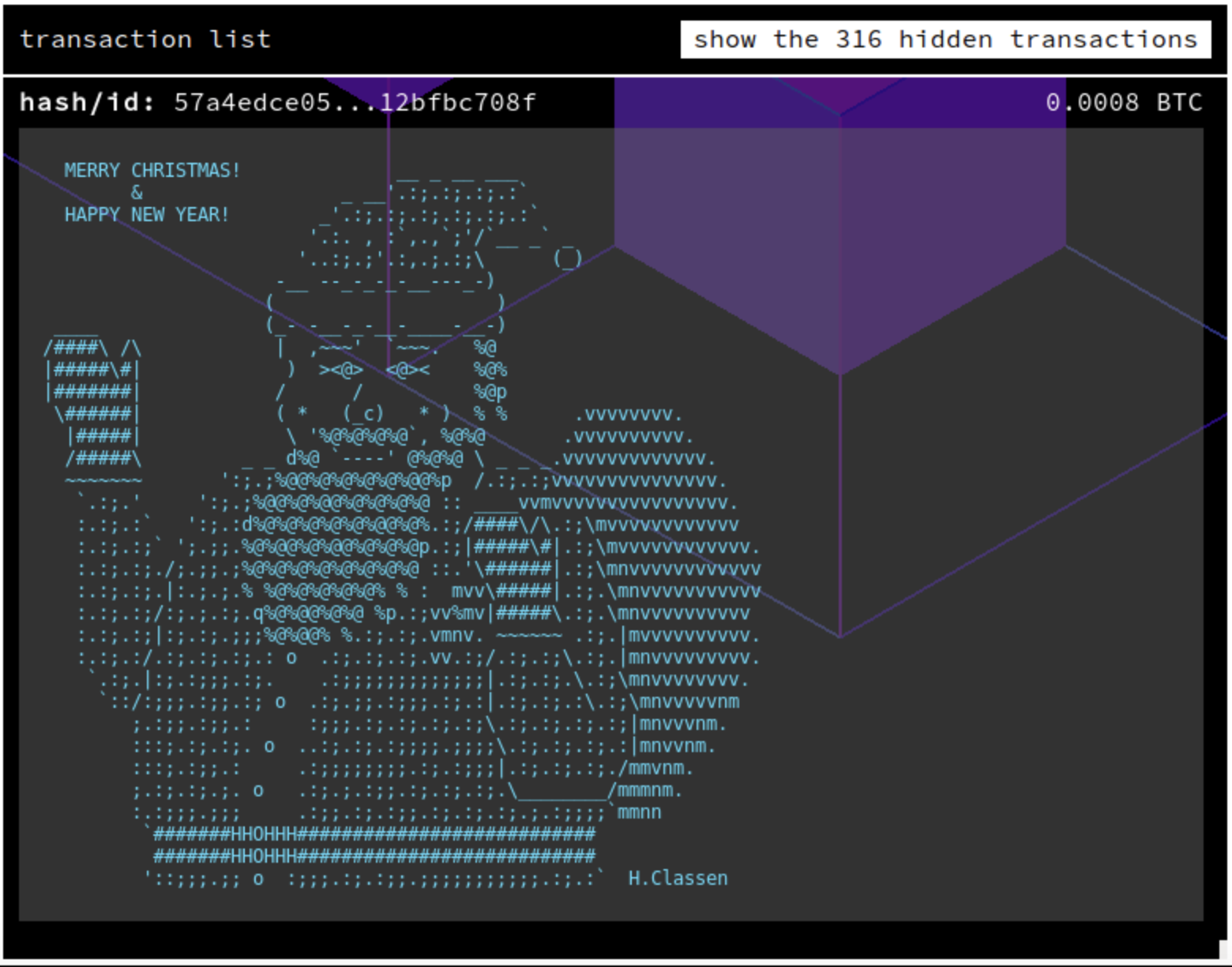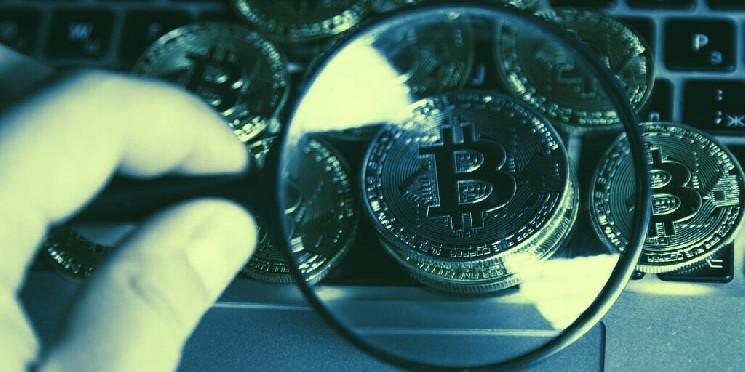The Bitcoin blockchain isn't just a record of transactions; it's also riddled with digital graffiti.
Miners, and users versed in steganography—the art of hiding a message, image, video, or other data within an ordinary file—have been concealing data on the blockchain ever since the first block was mined in 2009.
As a result, the Bitcoin blockchain has become a vast collection of hidden messages, covering everything from support for protocol changes from Bitcoin’s miners to newspaper headlines, profanities, art, music, and film, together with records of marriages, obituaries, and the birth of at least one child.
This creative abuse of the most innovative transaction protocol of our times is sure to provide the historians of the future with a unique cultural artifact. Even if Bitcoin were to die, hundreds of thousands of copies of the blockchain would remain. These messages will, arguably, exist for as long as humanity, and projects such as Doomsday Blockchain and Messages from the Mines are set on immortalizing them.
Here are some of our favorites.
1.The Times headline in the Genesis block
Bitcoin’s most famous message is contained in the coinbase—the part of a block that is filled in by the blockchain miner—of its very first block.

It was included by the protocol’s anonymous creator Satoshi Nakamoto, and consists of the headline from the front page of The Times, Jan 3, 2009: “Chancellor on brink of second bailout for banks.”
The headline refers to further British bank bailouts in the wake of the 2008 financial crisis, which Nakamoto used to draw attention to the new, peer-to-peer currency that he hoped would one day replace an imperfect monetary system.
2. The 2020 Bitcoin halving message
Bitcoin undergoes a drastic reduction in mining rewards every four years, a process known as the halving. The event takes place according to preset rules in Bitcoin's code; mining rewards are cut in half, and it’s often linked to a surge in price. As a result, it's become something of a watershed event for the Bitcoin faithful, who celebrate the event with live countdown parties.
The final Bitcoin block with a subsidy of 12.5 BTC was mined by @f2pool_official and contained the following message in its coinbase transaction:
🐟NYTimes 09/Apr/2020 With $2.3T Injection, Fed's Plan Far Exceeds 2008 Rescuehttps://t.co/9dtTrC8YH6
— Jameson Lopp (@lopp) May 11, 2020
During the last halving, in May 2020, in the penultimate block, 629,999, the miner F2Pool chose to pay homage to the origin of Bitcoin, and immortalize the new financial crisis. They included a headline from the New York Times, dated April 9, 2020, which read: “With $2.3T Injection, Fed's Plan Far Exceeds 2008 Rescue.”
3. Julian Assange: “Were fine”
In 2016, rumors that Wikileaks founder Julian Assange was dead were circulating on the 8chan message board. Fearing that its Twitter account had been compromised, Wikileaks plumped for an unusual response.

Using several different Bitcoin addresses belonging to the organization, the non-profit published the news: “were fine 8chan post fake.” Steemit user khan documented the transactions here.
This is not the only time that Wikileaks has used the Bitcoin blockchain for messages. According to data researcher Ken Shiriff, they also embedded a 2.5-megabyte file on “Cablegate,” their infamous US diplomatic cables leak in 2010, and a message for Bitcoin’s inventor: “Free speech and free enterprise! Thank you Satoshi!”
4. Len Sassaman Tribute
A tribute to cryptographer Len Sassaman was put in the Bitcoin blockchain after his death, by fellow coders Dan Kaminsky and Travis Goodspeed.

“We dedicate this silly hack to Len, who would have found it absolutely hilarious,” wrote Bitcoin skeptic Kaminsky and Goodspeed in July 2011, shortly after Dassaman’s suicide.

ASCII art is a popular Easter egg, and Bitcoiner H. Classen’s Merry Christmas, posted on December 19, 2014, is another great example.
5. A biblical message to guard against the “Mark of the Beast”
When block 666,666 rolled around in January 2020, one miner or user evidently decided extra protection was called for and inscribed a biblical message in the coinbase.
This message was embedded in the 666,666th block of #Bitcoin pic.twitter.com/HpnPWrCjyW
— Documenting Bitcoin 📄 (@DocumentBitcoin) January 19, 2021
The number, 666,666, the so-called “Mark of the Beast,” is associated with the Devil or the Antichrist. The message left on the block, as per biblical meaning guide Bibref, can be interpreted to mean living for the good of others, being honest to oneself, and overcoming evil with good—a nod to Bitcoin’s core ethos: a fair, inclusive monetary system for all.
But it’s not the first prayer left on the blockchain. One miner, Eligius, is famous for including Catholic prayers, which have attracted some controversy, and insults, as well as rickrolls—a practice which involves sharing a disguised hyperlink that leads victims to the music video for the 1987 Rick Astley song "Never Gonna Give You Up".
 decrypt.co
decrypt.co
